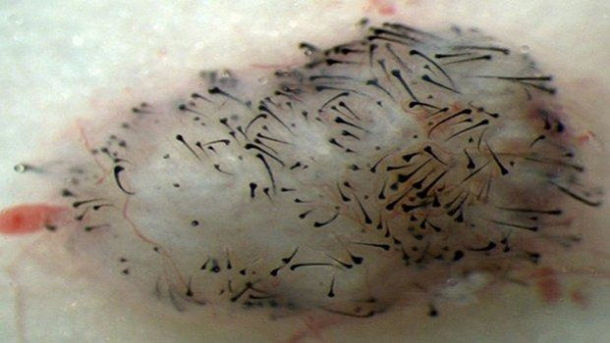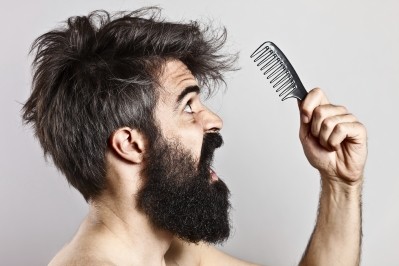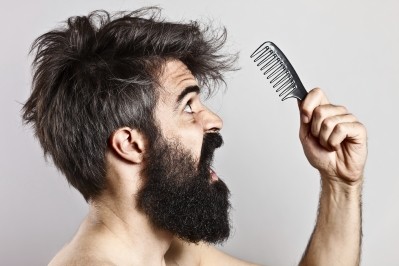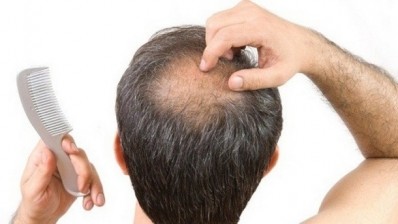Scientists use stem cells to grow new hair

According to the team, from Sanford-Burnham Medical Research Institute, this discovery is the first step towards the development of a cell-based treatment for people who suffer with hair loss.
"We have developed a method using human pluripotent stem cells to create new cells capable of initiating human hair growth. The method is a marked improvement over current methods that rely on transplanting existing hair follicles from one part of the head to another," says Dr Alexey Terskikh, associate professor in the Development, Aging, and Regeneration Program at Sanford-Burnham.
"Our stem cell method provides an unlimited source of cells from the patient for transplantation and isn't limited by the availability of existing hair follicles."
Study
In their studies the research team developed a protocol that coaxed human pluripotent (cells that are capable of developing into any type of cell or tissue bar those that form a placenta or embryo) stem cells to become dermal papilla cells.
These are a unique population of cells that regulate hair-follicle formation and growth cycle.
The researchers say that human dermal papilla cells on their own are not suitable for hair transplants because they cannot be obtained in necessary amounts and rapidly lose their ability to induce hair-follicle formation in culture.
"In adults, dermal papilla cells cannot be readily amplified outside of the body and they quickly lose their hair-inducing properties," continues Dr Terskikh.
"We developed a protocol to drive human pluripotent stem cells to differentiate into dermal papilla cells and confirmed their ability to induce hair growth when transplanted into mice."
In this context derivation of functional human embryonic stem cell-dermal papilla cells capable of inducing a robust hair growth for the first time shown here can become an important finding for the biomedical science.
The team says the next step is to transplant human dermal papilla cells derived from human pluripotent stem cells back into human subjects.
"We are currently seeking partnerships to implement this final step,” adds Terskikh.
The research was published online in PLOS One.
_____
Ksenia Gnedeva, Ekaterina Vorotelyak, Flavio Cimadamore, Giulio Cattarossi, Elena Giusto, Vasiliy V. Terskikh, Alexey V. Terskikh. Derivation of Hair-Inducing Cell from Human Pluripotent Stem Cells. PLOS ONE, 2015; 10 (1): e0116892 DOI: 10.1371/journal.pone.0116892






![HairRevive [MM+Zn] plant shell, to rejuvenate the hair and scalp](/var/wrbm_gb_food_pharma/storage/images/_aliases/news_teaser/publications/cosmetics/cosmeticsdesign.com/product-innovations/hairrevive-mm-zn-plant-shell-to-rejuvenate-the-hair-and-scalp/16280155-5-eng-GB/HairRevive-MM-Zn-plant-shell-to-rejuvenate-the-hair-and-scalp.jpg)








